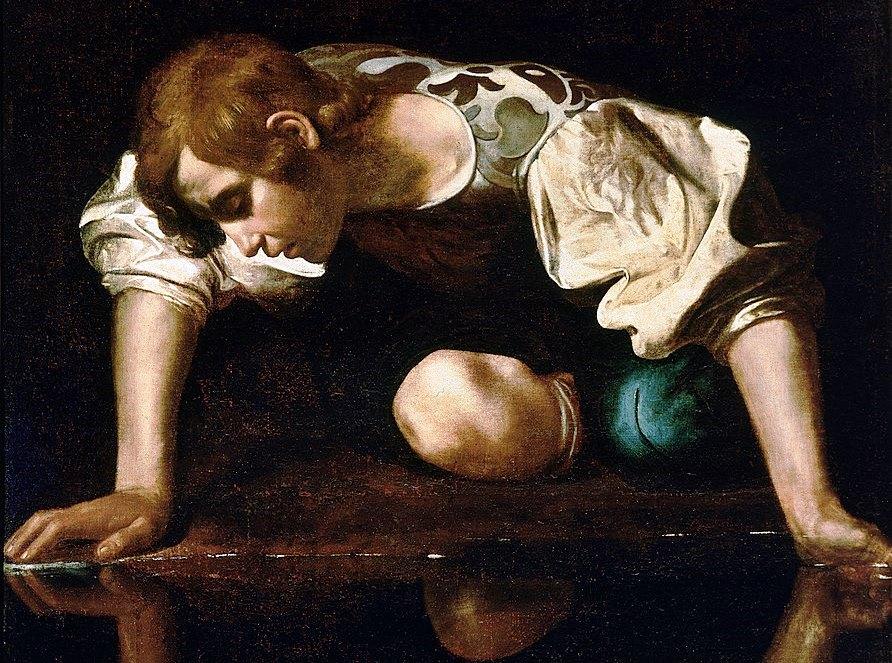I am guilty of being narcissistic. I’m an artist, and I want people to see my work. I not only want people to see my work, I want them to like it. I post pictures of my work on social media and hope people will give me the coveted “like.” If I’m being honest, the more likes I get on a post, the more satisfied I am with myself. But what do these likes and my desire for them really mean?
Narcissus Discovered Himself
The tale of Narcissus might prove insightful in unpacking my desire to be liked. According to Ovid’s “Metamorphoses,” Narcissus was born of a river god and a nymph. His beauty inspired love in everyone who met him. Upon Narcissus’s birth, an oracle was asked if he would live a long life, and the seer replied, “If he does not discover himself.”Indeed, everyone fell in love with Narcissus and admired him, and Narcissus, with distant pride, refused their admiration and even scorned them all. One of his admirers didn’t appreciate this treatment and prayed to the gods: “So may he himself love, and so may he fail to command what he loves.” Nemesis, the goddess of divine retribution, heard this prayer.





